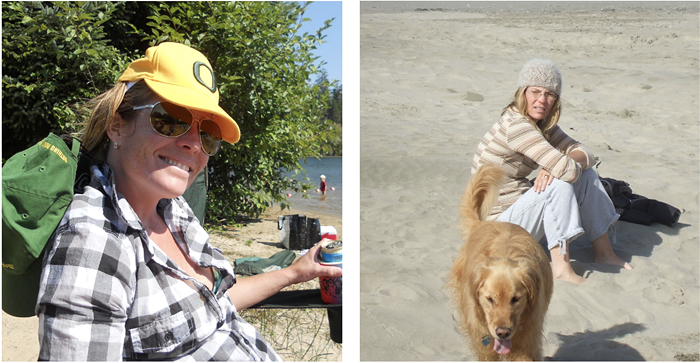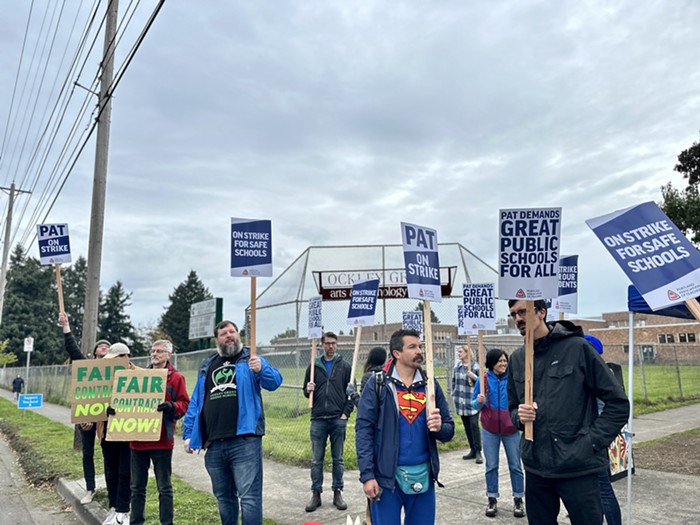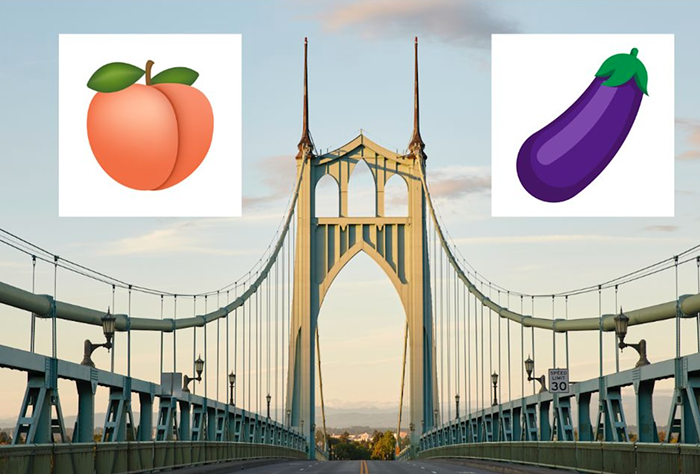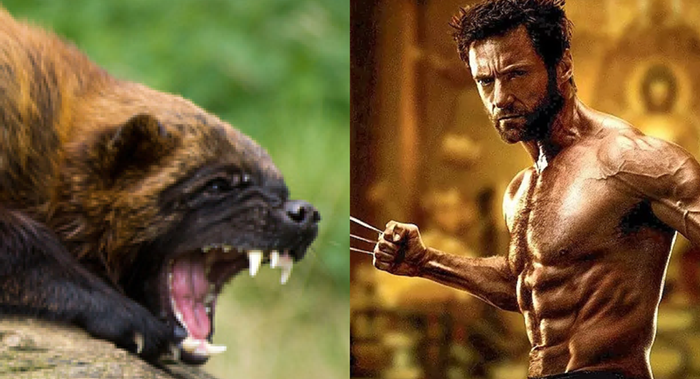Mayor Sam Adams has received a lot of what he describes politely as "unbridled, unvarnished feedback" over the last two weeks about the plan to plop the new Beavers ballpark on the Memorial Coliseum site.
"We have so many ugly buildings we could tear down and use for the stadium," said an architect at a packed public meeting last week about the plan. "This is not the building to tear down."
At that meeting, Adams explained that citywide studies of possible ballpark sites had led the team to the decision to place the stadium at Memorial Coliseum.
On Monday, April 20, six days after that heated meeting, Mayor Sam Adams announced his team would take an extra week to explore a way to fit the new stadium into the Rose Quarter without scrapping Memorial Coliseum. But how will the city find a new home for the stadium in a week, if years of research led to Memorial Coliseum?
Adams' office explained that the citywide study Adams referenced in the meeting was a 2004 study of possible ballpark locations in Portland.
"The study wasn't terribly exhaustive," says Portland Spectator Facilities Manager David Logsdon, who helped investigate the study's six sites. Also, that study was intended for a Major League Baseball park. At 38,000-42,000 seats, the Major League ballpark the team analyzed was more than four times larger than the Triple-A Minor League Baseball stadium the city is currently racing to place.
Another siting study was conducted in 2008, when Portland Beavers owner Merritt Paulson hired consultant Don Mazziotti to find publicly owned land in Portland that could accommodate a Triple-A ballpark.
"I can assure you that I looked at every single site," says Mazziotti, listing off problems with the 22 locations he investigated: the Blanchard Portland Public Schools site just north of the Coliseum? One acre too small. Industrial land near OMSI? Not publicly owned.
Mazziotti saw the Memorial Coliseum site as the most difficult of the top three possible sites because of public support for the building.
Instead, Mazziotti flagged Lents Park in Southeast Portland as the top choice. The ballpark there would replace an old neighborhood stadium and, hopefully, cost $5-10 million less than the Memorial Coliseum site.
But the siting choice "shifted primarily because the mayor felt it would be better to have a central location for the stadium," says Mazziotti. The Coliseum site is also attractive because parking already exists close by and the area is linked to light rail transit.
Adams explains he did not want construction of the Triple-A stadium to "compete with or cannibalize the neighborhood improvement projects already on the table" in Lents. But Adams is looking to another urban renewal area for Rose Quarter redevelopment money—Monday night, April 20, he pitched the idea of expanding the Interstate Corridor Urban Renewal Area into the Rose Quarter to pay for the Coliseum renovations.
One of the main complaints about the stadium siting is that the process moved too fast. "I really don't know what to tell you except that Merritt Paulson must be a very convincing man," says Multnomah County Chair Ted Wheeler, who is skeptical about the pace. "Leadership is about pushing big visions, but in this case I'm concerned that haste is leading to sloppy analysis."


















